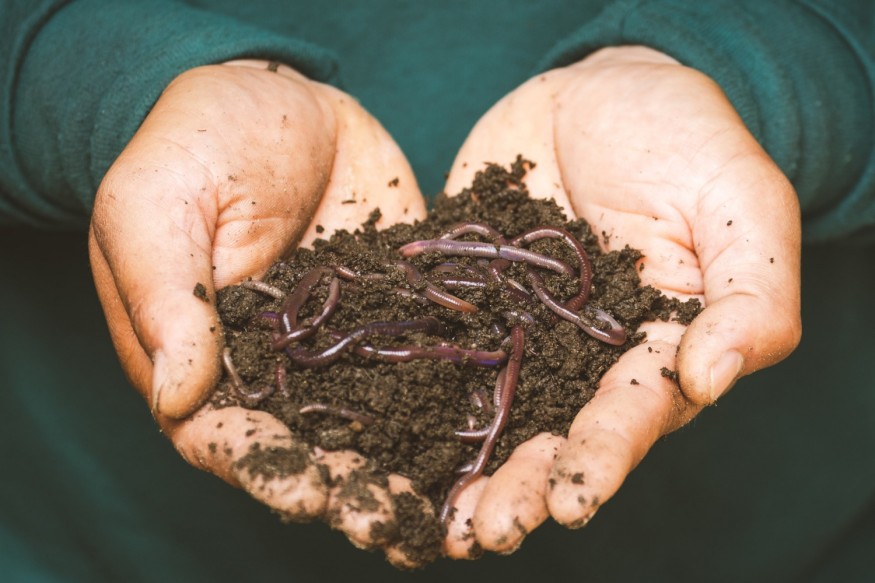
There have been many extinct animals that have been recorded; and while permanently thought no longer existent, it's shocking to see an extinct species come back to life. As such, this is what happened with a certain roundworm that revived itself after 46,000 years of being frozen in permafrost.
Roundworm Revival
According to Mail Online, a roundworm was able to revive itself after being frozen in permafrost for approximately 46,000 years. This specific species was estimated to have been alive during the late Pleistocene era, when it joined other now-extinct animals like the wooly mammoth.
Scientists were able to retrieve a small group of worms found in permafrost; and upon studying them, they found the roundworms come back to life. These worms were from a species that was long categorized as extinct.
The Washington Post reports that the specific roundworms that came back to life were female and spent 46,000 years in suspended animation. The roundworms, known as the Panagrolaimus kolymaensis species, was also described as the Rip Van Winkle roundworm.
Mail Online reports that the roundworms remained in a state of cryptobiosis, which meant they weren't dead but actually just dormant. As such, the worms bodily processes were shut down until completely undetectable.
READ ALSO : 235-Million-Year-Old Fossil Revealed New Armored Reptile Species That Sheds Light on Dinosaur Evolution
Revival From Permafrost
Previously, scientists had evidence that it was possible for roundowrms to remain in the state of cryptobiosis for less than 40 years. However, researchers examined the radiocarbon dating of the nearby plants within the icy burrows and came up with an estimated age for the roundworms.
As noted in the study published in the PLOS journal, Professor Teymuras Kurzchalia, the senior author, commented on the discovery. He said that the discovery of the roundworm's reanimation had him "flabbergasted," especially since the reanimation happened after 46,000 years.
Kurzchalia was also a Max Planck Institute of Molecular Cell Biology and Genetics emeritus professor. He also commented on how this discovery deserved to be part of the Guinness World Record, due to it achieving what was previously thought impossible.
Previous Revival Accomplishments
Roundworms weren't the first type of biological creatures that were able to revive after a long period of time. As such, scientists were able to see bacterial spores come back to life after up to 40 million years of being suspended.
These bacterial spores lived in the abdominal parts of extinct bees, which had been trapped in amber. This follows the tardigrades, which were famously indestructible and gained the nickname "water bears."
These creatures were able to enter the dormant state and easily reanimate themselves later on. As for the newer Panagrolaimus kolymaensis roundworms, they were found in an extinct arctic gopher trapped in permafrost.
The gopher was found in north-eastern Siberia, 130 feet below the Kolyma River's Duvanny Yar outcrop. The conditions in which the roundworms reanimated themselves involved the species being supplied with food and water.
The revived roundworms were alive for less than a month but quickly reproduced, giving birth to new worms worth hundreds of generations.
RELATED ARTICLE : Siberia's Massive Frozen Crater Dubbed 'Gateway to Underworld' Is Continuing To Grow, Drone Footage Reveals
Check out more news and information on Environment and Climate in Science Times.
© 2025 ScienceTimes.com All rights reserved. Do not reproduce without permission. The window to the world of Science Times.










